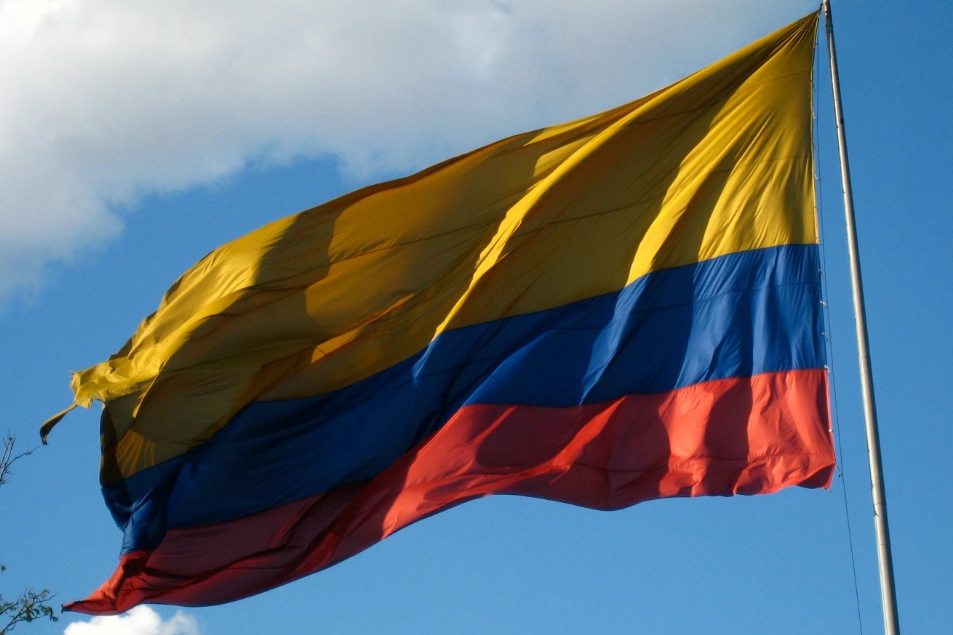Yeast study traces roots of man's oldest, cherished worker

The first organism that man domesticated and put to work was not the ox or goat or horse. It wasn't the dog or cow or falcon either. It was the single-celled micro-organism from the fungus family most commonly known as yeast.
Of the estimated 1,500 identified species, one in particular - Saccharomyces cerevisiae - has the miraculous power to ferment - that is, turn sugar into carbon dioxide and alcohol.
For countless centuries the CO2 bubbles have been leavening bread and the alcohol has been supplying us with wine, beer, whiskey name your poison.
Whoever first got the bright idea to harness the powers of this mighty mini-factory (buy that man a drink!) may be lost to history. Archaeologists have found 7,000-year-old jugs of wine. There is evidence the Egyptians had breweries and bakeries 4,000 years ago.
It was French biologist Louis Pasteur in the mid 19th century who proved yeasts were living things and not just chemical catalysts.
Now another team of scientists in France has applied state-of-the-art genome sleuthing to get yeast to reveal its ancestry. And it looks like the miracle fungus traces its lineage back to China.
Just as all human beings on the planet hold a genetic evolutionary map back to Mother Africa, so brewer's yeast, today found the world over, appears to have roots in East Asia.
The team's work took five years and was exhaustive. They not only took yeast samples from the obvious places like bread, wine and beer, they cast a global net, asking everyone they knew or met, to gather as many different samples of Saccharomyces cerevisiae as they could.
They got samples from French Guiana beer and West African palm wine, Mexican agave tequila and brewing North Korean acorn meal, North American oak trees and Japanese sake, manure, blood, ocean water, an infected toe nail from Australia. In all, 1,011 examples of the yeast.
Geneticist Joseph Schacherer of the University of Strasbourg, who co-wrote the study which is in the current issue of Nature, said, "It's easy to get a thousand wine strains, but that's not how we wanted to proceed."
The more unfamiliar strains from all over the world they could assemble, the more revealing the evidence would be. The tracks of the evolutionary trail are in each one and their variations can serve as a compass.
Co-author geneticist Gianni Liti of the Universite Cote d'Azur had a suspicion the trail would lead back to China. He had done work with Chinese researchers collecting yeast samples in some of China's more remote forests and the diversity was apparent.
Just as Africa has the most genetic variations among our species of any place on Earth, so East Asia has the most genetic diversity in yeast of anywhere.
This richness in variety is a dead giveaway, the scientists theorize. Out of Africa for humans: out of China for yeast.
But how did the yeast make its way out of East Asia to the rest of the world? Was it carried by humans, borne on the wind, or both?
It's doubtful DNA sequencing will ever reveal anything like that. The evidence does reveal through certain repeated variations that some strains - especially those used for fermenting choice wines and beer, perhaps - have been replicated, while wild ones have been left unchanged.
Kevin Verstrepen, a geneticist at KU Leuve, told the Atlantic, "Everybody in the yeast community is quite excited" by the new study with its wealth of data.
He also said that he and his team have tried making beers out of several of the wilder strains of yeast and the results, so far, show no signs of putting Budweiser out of business any time soon. At best he called them "funky".



































